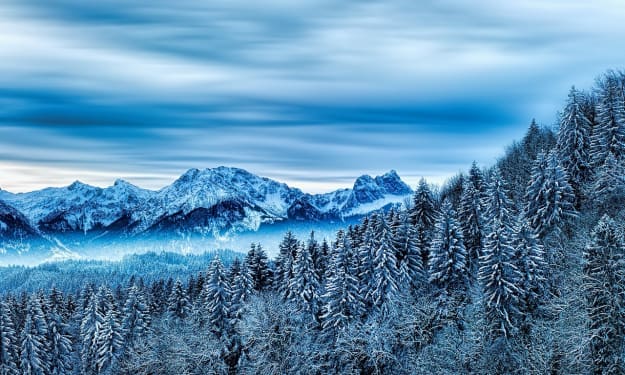
World War I, also known as the First World War, was a global war that lasted from 1914 to 1918. It was primarily fought in Europe, but also involved countries from around the world. The war began with the assassination of Archduke Franz Ferdinand of Austria, which led to a chain of events that ultimately led to the mobilization of the vast majority of the world's countries, including all of the great powers, organized into two opposing alliances: the Allies and the Central Powers.
The main causes of the war were militarism, alliances, imperialism, and nationalism. The war saw some of the bloodiest and most destructive battles in history, including the Battle of the Somme and the Battle of Verdun, and resulted in the deaths of millions of people.
In 1917, the tide of the war began to turn against the Central Powers with the entry of the United States into the conflict. The final blow came in 1918, when a series of successful Allied offensives broke the German line and forced them to sue for peace. The war ended with the signing of the Treaty of Versailles on June 28, 1919.
The war had a profound impact on the world, leading to the collapse of four empires (the Russian, German, Austro-Hungarian, and Ottoman empires) and the emergence of the Soviet Union and the United States as world powers. It also set the stage for World War II, which broke out just over 20 years later.
In conclusion, World War I was one of the deadliest and most destructive conflicts in human history. The war was caused by a combination of factors, including militarism, alliances, imperialism, and nationalism, and resulted in the deaths of millions of people. It had a profound impact on the world, leading to significant political and economic changes that continue to shape the world todayIn addition to the political and economic changes, World War I also had a significant impact on society. The war led to a loss of innocence and a sense of disillusionment among many people, as the brutal reality of trench warfare and the scale of death and injury contradicted pre-war notions of honorable and heroic warfare.
The war also led to significant changes in the role of women. With so many men away at war, women were needed to fill jobs traditionally held by men. This led to an increase in women's participation in the workforce and a change in societal attitudes towards women's roles.
Art and literature of the time was also greatly affected by the war. The war led to a new form of art, known as "war art," which portrayed the reality of the conflict and its impact on soldiers and civilians. Additionally, many writers, poets and artists were deeply affected by their own experiences of the war or by the loss of loved ones. They wrote works that were profound reflections on the human condition and the impact of war, and this can be seen in the literature and art of the time.
The aftermath of World War I also saw the emergence of new ideologies, including fascism and communism. These ideologies would have a significant impact on the world in the following decades and would lead to another world war.
In conclusion, World War I was a global conflict that had a profound impact on the world. The war resulted in significant political and economic changes, as well as significant changes in society, literature and art, and the emergence of new ideologies that would have a lasting impact on the world.





Comments
There are no comments for this story
Be the first to respond and start the conversation.